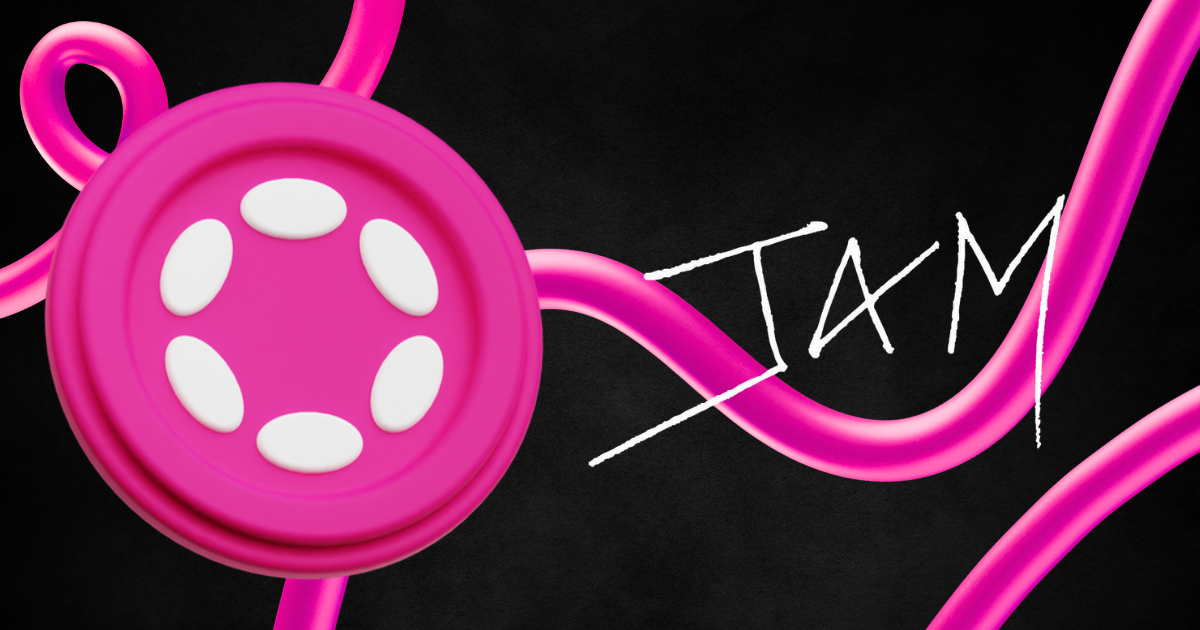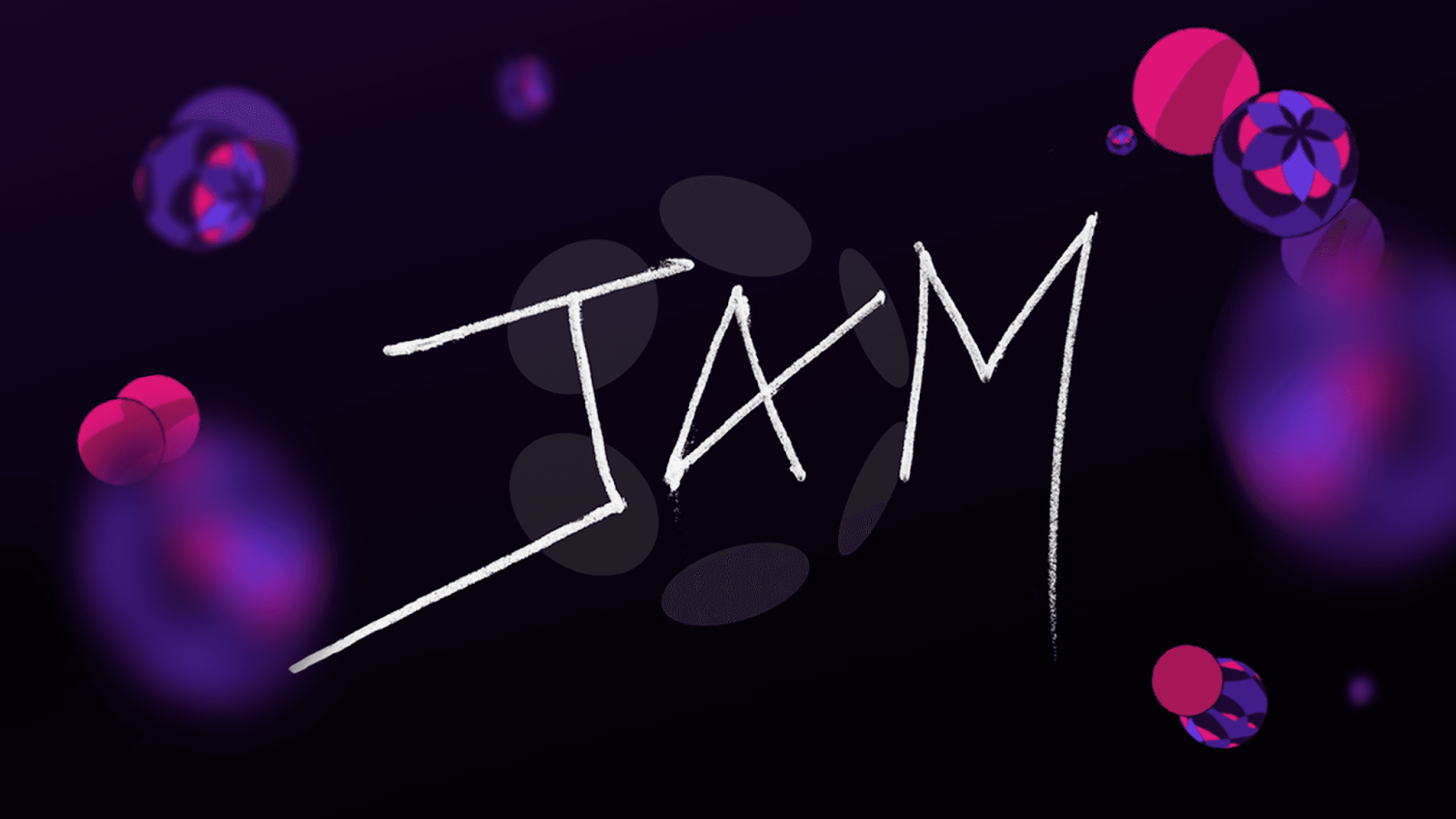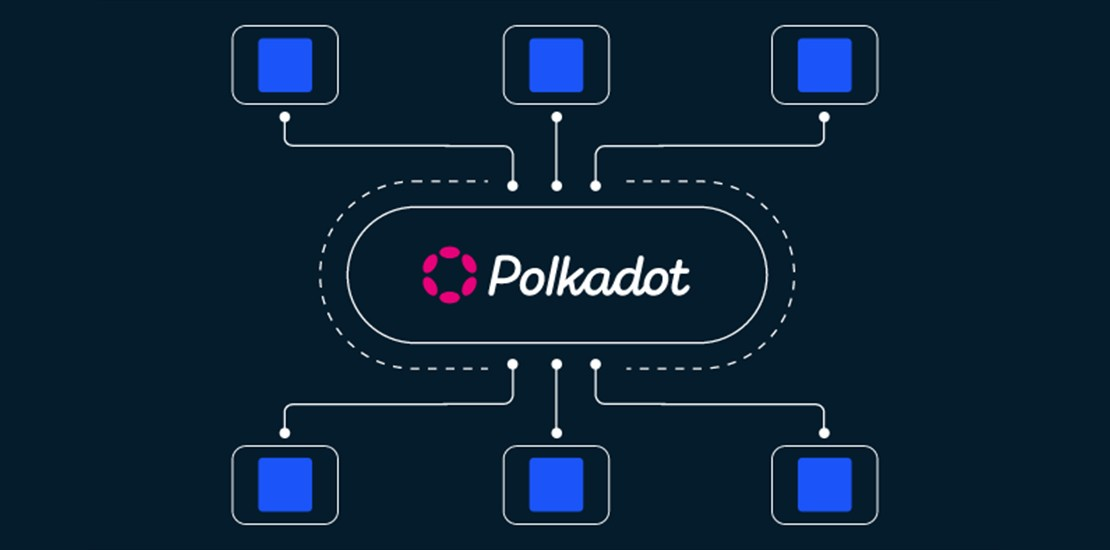
The Join-Accumulate Machine (JAM) protocol is designed to transform the network from a blockchain-focused infrastructure into a full Web3 cloud platform. JAM introduces modular, scalable, and developer-friendly tools that allow decentralized applications (dApps) to operate efficiently across Polkadot parachains while utilizing the relay chain for security and interoperability. The protocol was highlighted by Polkadot founder Gavin Wood during the Web3 Summit 2025, emphasizing its potential to redefine how developers build, deploy, and manage applications in a multi-chain ecosystem.

Polkadot Virtual Machine (PVM)
At the heart of JAM is the Polkadot Virtual Machine (PVM), an actor-based execution environment built on RISC-V architecture. This design enables high-speed execution, developer tooling, and compatibility with standard programming environments. Developers can deploy complex applications without worrying about traditional blockchain constraints such as transaction bottlenecks, gas fees, or block size limitations.

Continuations
A standout feature of JAM is continuations, which allow programs to save and restore their state across multiple blocks. This innovation enables long-running applications like DeFi protocols, NFT marketplaces, and multi-step smart contracts to operate uninterrupted, overcoming execution limits typical of traditional blockchains. Coupled with elastic scaling, parachains running JAM can dynamically allocate computational resources to meet high demand, ensuring efficient performance even during peak usage.
Modular
JAM is also highly modular, meaning developers can leverage only the components they need. For instance, a project could use JAM’s data availability layer without deploying its execution engine, or run off-chain computation modules independently for specific tasks.

Cross-Chain Message Passing (XCMP)
JAM extends Polkadot’s vision of a decentralized Web3 cloud. Beyond smart contracts, it provides a platform for storage, computation, and cross-chain communication. Parachains can interact through Polkadot’s Cross-Chain Message Passing (XCMP) protocol, enabling assets, governance actions, and application data to move seamlessly between chains. This ensures that JAM-powered applications are interoperable and scalable across the entire Polkadot network.
In addition to JAM, Polkadot is preparing a truly Web3-native stablecoin, aiming to overcome the limitations of existing centralized stable assets. DOT will serve as part of the collateral base, and a treasury proposal is planned to fund early development. This stablecoin is expected to complement JAM by providing a reliable, decentralized unit of account for applications and users, further enhancing Polkadot’s vision of a fully decentralized Web3 cloud. More details are expected later this year.
As Polkadot continues to expand its ecosystem, JAM will be central to enabling a Web3 cloud environment where applications, assets, and data flow across multiple chains. JAM, together with the upcoming stablecoin, will enable a wide range of applications: scalable DeFi protocols, NFT marketplaces, gaming, and metaverse projects. JAM Architecture: PVM, relay chain, parachains, off-chain computation.